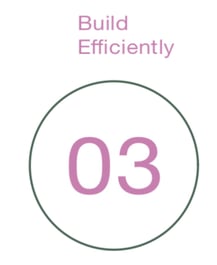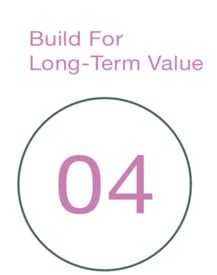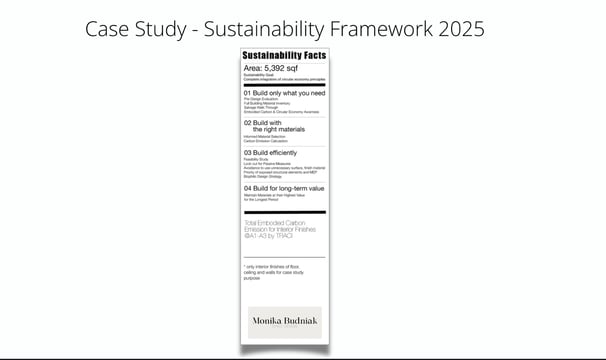Sustainability Framework
How do we effectively measure sustainability in interior design? Just like in other industries—such as fashion and beauty—clients seek transparency and assurance that their choices, including interior design services, contribute positively to the environment. Our goal is to enhance their ecological awareness and foster a sense of responsibility for their environmental impact.
A heartfelt thank you to Arup, METROPOLIS, and the Carbon Leadership Forum (CLF) for their invaluable guidance and support.
Our work primarily focuses on existing structures. Therefore, at the beginning of our conversations with clients, we take the following initial steps:
Pre-Design Evaluation - full building material inventory
Salvage Walk Through
Embodied Carbon & Circular Economy Awareness




Informed material selection is key. We leverage multiple resources to source the best materials with the lowest carbon emissions in their category, ensuring a sustainable project success.
mindful MATERIALS
All for Reuse
EPD




Ergonomics in space planning, integration of passive sustainable principles, and the avoidance of unnecessary structures.
Feasibility Study
Look out for Passive Measures (natural heating/cooling, natural ventilation, daylight)
Avoidance to use unnecessary surface, finish material. Priority of exposed structural elements and MEP
Biophilic Design Strategy
Material selection prioritizes longevity, eliminating the need for replacement over time. Our design emphasizes disassembly, ensuring that every element can be removed, disassembled, and repurposed for future use.
Flexible/Movable Interior Partitions
Modular Design Approach
Maintain Materials at their Highest Value for the longest Period
Creat a Material Passport for the Project
Disassembly Manual Document


